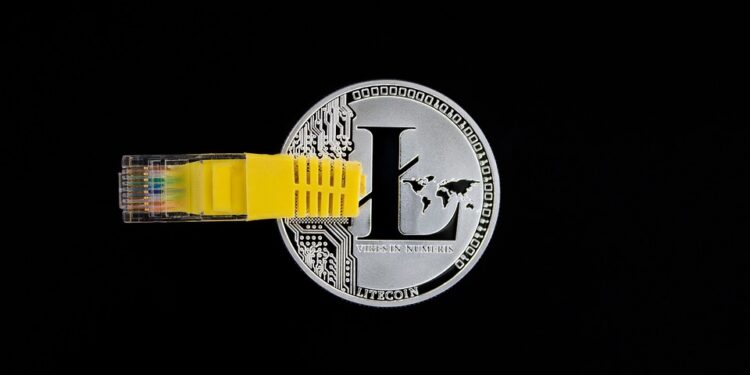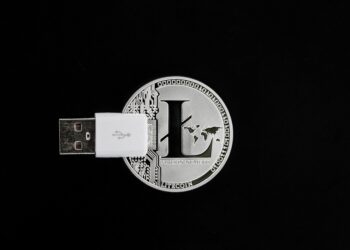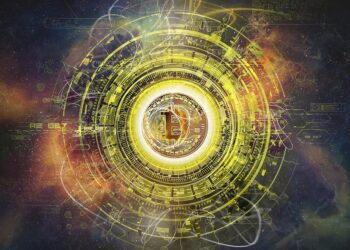NFTs, or non-fungible tokens, have taken the digital world by storm in recent years. These unique digital assets are based on blockchain technology, and they have opened up new possibilities for creators to monetize their work and for collectors to own one-of-a-kind digital items. But what exactly are NFTs, and how do they work?
NFTs are digital tokens that represent ownership of a unique asset or piece of content, such as art, music, videos, or collectibles. Unlike cryptocurrencies like Bitcoin or Ethereum, which are interchangeable and have the same value, NFTs are completely unique and cannot be replicated. This is because each NFT is stored on a blockchain, which is a decentralized and transparent digital ledger that records transactions in a secure and tamper-proof manner.
Blockchain technology is the backbone of NFTs, ensuring that each token is authentic and verifiable. When a creator mints an NFT, they attach a unique digital signature to it, which is stored on the blockchain. This signature contains information about the asset, such as its creator, creation date, and ownership history. This makes it easy for collectors to verify the authenticity and provenance of the NFT, ensuring that they are purchasing a genuine digital asset.
One of the key benefits of NFTs is that they enable creators to retain ownership and control over their work. By tokenizing their art, music, or other digital content, creators can sell it directly to collectors without the need for intermediaries like galleries or record labels. This allows artists to reach a global audience and receive fair compensation for their work, all while maintaining a direct relationship with their fans.
In addition, NFTs have revolutionized the world of collectibles, allowing collectors to purchase and trade unique digital items in a secure and transparent manner. Whether it’s rare digital art, virtual real estate, or in-game items, NFTs have created a new market for digital collectibles that is accessible to anyone with an internet connection.
Overall, the combination of NFTs and blockchain technology has created a new paradigm for ownership and value in the digital world. By leveraging the security, transparency, and decentralization of blockchain technology, NFTs offer a unique and innovative way for creators and collectors to engage with digital assets. As the NFT market continues to grow and evolve, it’s clear that this match made in digital heaven is here to stay.








